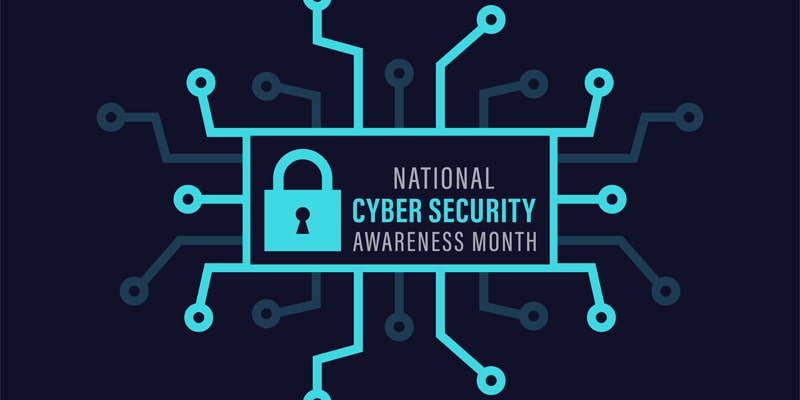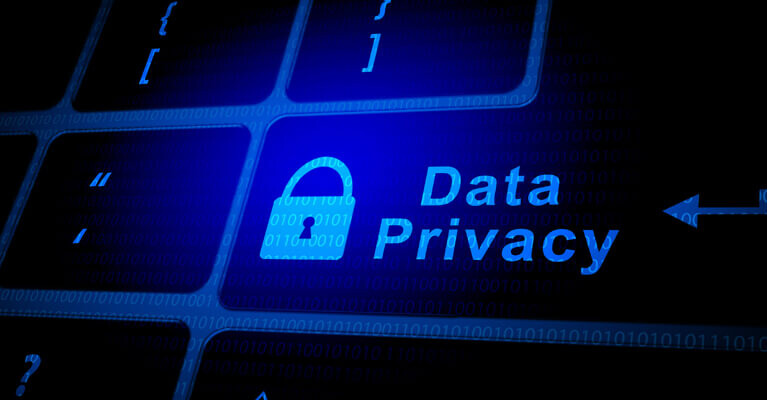Cybersecurity Awareness Month 2024: How to Protect Yourself from the Latest Scams

Cybersecurity Awareness Month is celebrated each October and serves as an important reminder of precautions consumers should take to protect themselves from scams.
Consumers reported losses of more than $10 billion as a result of fraud in 2023, according to the Federal Trade Commission (FTC), underscoring the importance of taking steps to protect your information and your wallet.
Here are tips to help safeguard yourself from some of the latest scams.
Common Scams
- Bank Impersonation and Account Takeover: Imposter scams were the most reported fraud in 2023, according to the FTC. Bank impersonation and account takeover is just one of scammers’ imposter tactics. Fraudsters will send mass text messages or call consumers claiming to be from their bank and stating the need to verify a recent transaction. The transaction is fake, and many consumers quickly respond “NO,” prompting the scammer to follow up immediately saying they need more information to stop the fraudulent transaction. They will ask for things like your name, date of birth, address, online banking username. Next, they will claim to have sent you a code that they need you to provide to them. This is the fraudsters’ way of gaining access to your accounts. DO NOT provide your personal information or code to anyone. Banks will NEVER ask you to provide the texted verification code to them over the phone.
- Phishing: A tried and true method of scammers, phishing relies on tricking potential victims into clicking a link that will install malicious software on your devices to grant the fraudster access. Fraudsters are known to spoof legitimate business’ phone numbers, websites and even branding to help make their schemes seem more legitimate. Common phishing tactics include claiming you have a package being held for delivery, that you have money to claim from the government, and even masquerading as coworkers to try to infiltrate email and others systems of their target businesses.
- Check Scams: Use of checks continues to decline in the digital age, but check scams still saw a significant resurgence in recent years. Check washing is when fraudsters use chemicals to erase the details on a legitimate check and then replace those details with their own to get your money. Scammers have also been known to target U.S. Postal workers to steal their keys for large blue mailboxes.
How to Protect Yourself
- Know How Your Bank Communicates with You: Familiarize yourself with how your bank will reach out to you directly so you can more easily identify suspicious contacts. When in doubt, do not respond to the messages and call your bank directly using the phone number on the back of your debit or credit card.
- Leverage Online and Mobile Banking Tools: Online and mobile banking make monitoring your accounts quick and convenient. Check your accounts daily and if you notice anything suspicious, contact your bank immediately. Online and mobile banking can also help streamline your finances with online transfers, Bill Pay and more, which can help eliminate the need for paper checks.
- Practice Good Internet Hygiene: Always use caution before clicking any links or downloading attachments, particularly ones sent in messages you were not expecting or from senders you’re not familiar with. Limit how much information you share publicly on social media and other websites as this can be a treasure trove for scammers. Keep your devices’ operating systems, software and anti-virus/anti-malware programs updated, use strong and unique passwords, enable two-factor authentication wherever possible to add a layer of security, set your profiles to private, and remove suspicious connections.
- Protect Your Checks: Ensure you store your checks – whether for personal or business use – in a secure location. Avoid sending checks in the mail whenever possible by using online and mobile banking. If you must mail a check, drop it directly to the counter at your local post office to avoid it sitting in a mailbox overnight, and use permanent gel pens to write the check, which can make it harder for criminals to alter. Confirm your check made it to its desired recipient and leverage your online and mobile banking to confirm when it has been deposited and that the details are accurate. And never deposit a check from someone you do not know personally, as you may be the one left paying if the check is fraudulent.
If You’ve Been a Victim
If you’ve been the victim of these or any type of fraud, here are a few steps to take immediately:
- Contact your bank to freeze your accounts, get new account numbers and debit/credit cards, and monitor your account statements for fraudulent charges.
- File a report with the police, Federal Trade Commission (reportfraud.ftc.gov)and Federal Bureau of Investigation’s Internet Crime Complaint Center (IC3.gov).
- Place a fraud alert on your credit report with Equifax, Experian and TransUnion.
- Have any compromised devices professionally cleaned from viruses and malware and update all your online usernames and passwords.
For more tips to protect yourself from the latest scams, visit our Security Center, the National Cybersecurity Alliance’s guides and the American Bankers Association’s Banks Never Ask That resources.

Helping you boost your financial intelligence.
Read our financial resources from your friends at WSFS.



